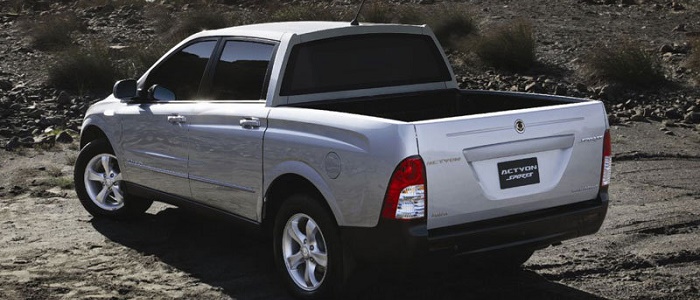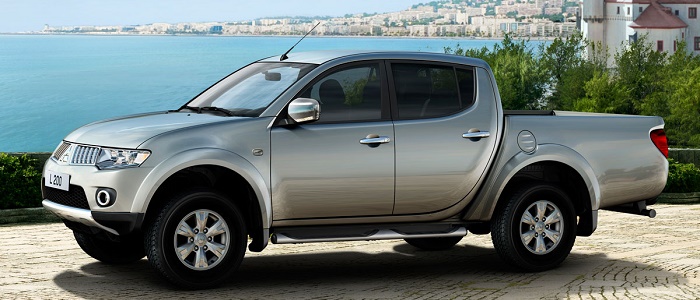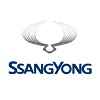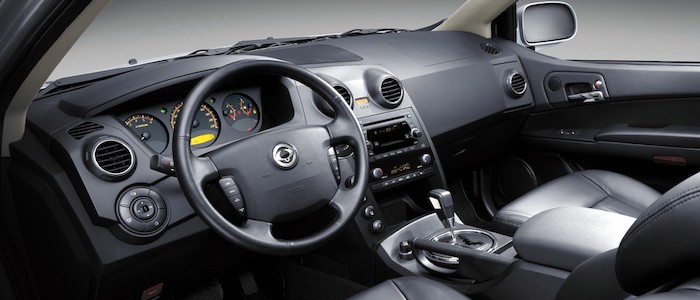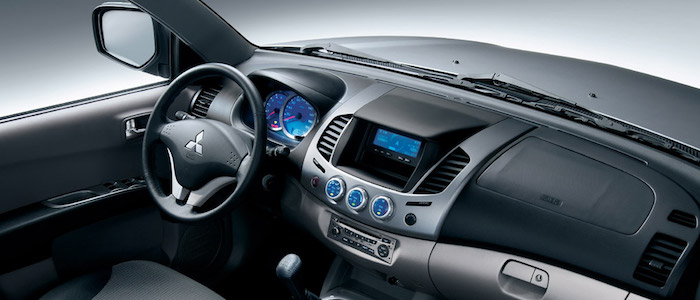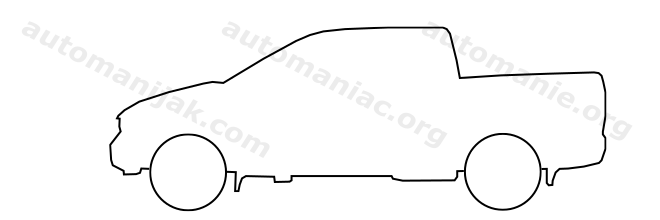Compare two cars
Compare any two cars and get our Virtual Adviser™ opinion
Dimensons & Outlines
Check vehicle history
Engine
2.0 OM DE20
Performance (manual gearbox)
Performance (automatic gearbox)
Expenses
Virtual Adviser's™ opinion
Two significantly similar cars, no doubt about that. Still, each one has something different to offer. Having both cars powered by diesel engines and utilizing the 4-door truck body style within the same 'SUV' segment, the only major difference here really is their wheel drive configuration (rear for the SSangYong and 4 x 4 in the case of the Mitsubishi). The first one has a SSangYong-engineered powertrain under the hood, a 4-cylinder, 16-valves 141hp unit, while the other one gets its power and torque from a 4-cylinder, 16-valves 136hp engine designed by Mitsubishi.
SafetyThe fact that the Mitsubishi got tested by the European New Car Assessment Programme (Euro NCAP), while the other contender didn't, offers a slight advantage, as the 4-star rating is better than none. Moving further on, let's take a closer look at some additional safety-related facts. Both vehicles belong to the suv segment, which is generally a very good thing safety-wise, but that fact doesn't break the tie between the two cars. On the other hand, when it comes to weight, a factor that most people underestimate, the Japanese car offers a marginal difference of 2% more metal.
ReliabilityManufacturers have been building their reliability reputation for decades now and, generally speaking, it appears that Mitsubishi does have a slight advantage, when all the models are taken into account. These are the results of an independent reasearch, while our visitors describe reliability of SSangYong with an average rating of 4.3, and models under the Mitsubishi badge with 4.6 out of 5. Some independent research have also placed Actyon as average reliability-wise, and L200 is more or less at the same level.Above it all, drivers of cars with the same engine as the Korean car rank it on average as 4.3, while the one under the competitor's bonnet gets 3.3 out of 5.
Performance & Fuel economySSangYong is a bit more agile, reaching 100km/h in 0.9 seconds less than its competitor. Still, it lacks the power to win the top speed competition, topping at 161 kilometers per hour, 6km/h less than the other car. When it comes to fuel economy things look pretty much the same for both cars, averaging around 8.2 liters of fuel per 100 kilometers (35 mpg), in combined cycle.
Verdict
SSangYong appears just a bit more reliable, although the difference is truly marginal. The most important thing when deciding between any two vehicles should always be safety, both passive and active. In my opinion, everything taken into account, the Japanese car beats the other contender by far, making it the best choice without even considering other things. When it comes to performance, both vehicles provide similar experience, so I wouldn't point any of them out. the Korean car still consumps less fuel, which needs to be taken into consideration. No mistake, whatever you decide here, but I'd still go for the Mitsubishi. Anyway, that's the most objective conclusion I could've came up with and it's based solely on the information found on this website. Aspects such as design, practicality, brand value and driving experience are there for you to measure them out. Also, you could use the oportunity to find out which car, everything taken into account, would be the perfect choice for you in the eyes of the virtual adviser™, out of 12.000+ vehicles we currently have in our database.
Related articles
SSangYong... Brand with the name so appealing I would place it, on a marketing success scale, right there next to Pyongyang. Couple of years back, even I thought it was a Chinese company, and when I finally found out it was actually produced in Korea, I was 100% sure it was the North one...























